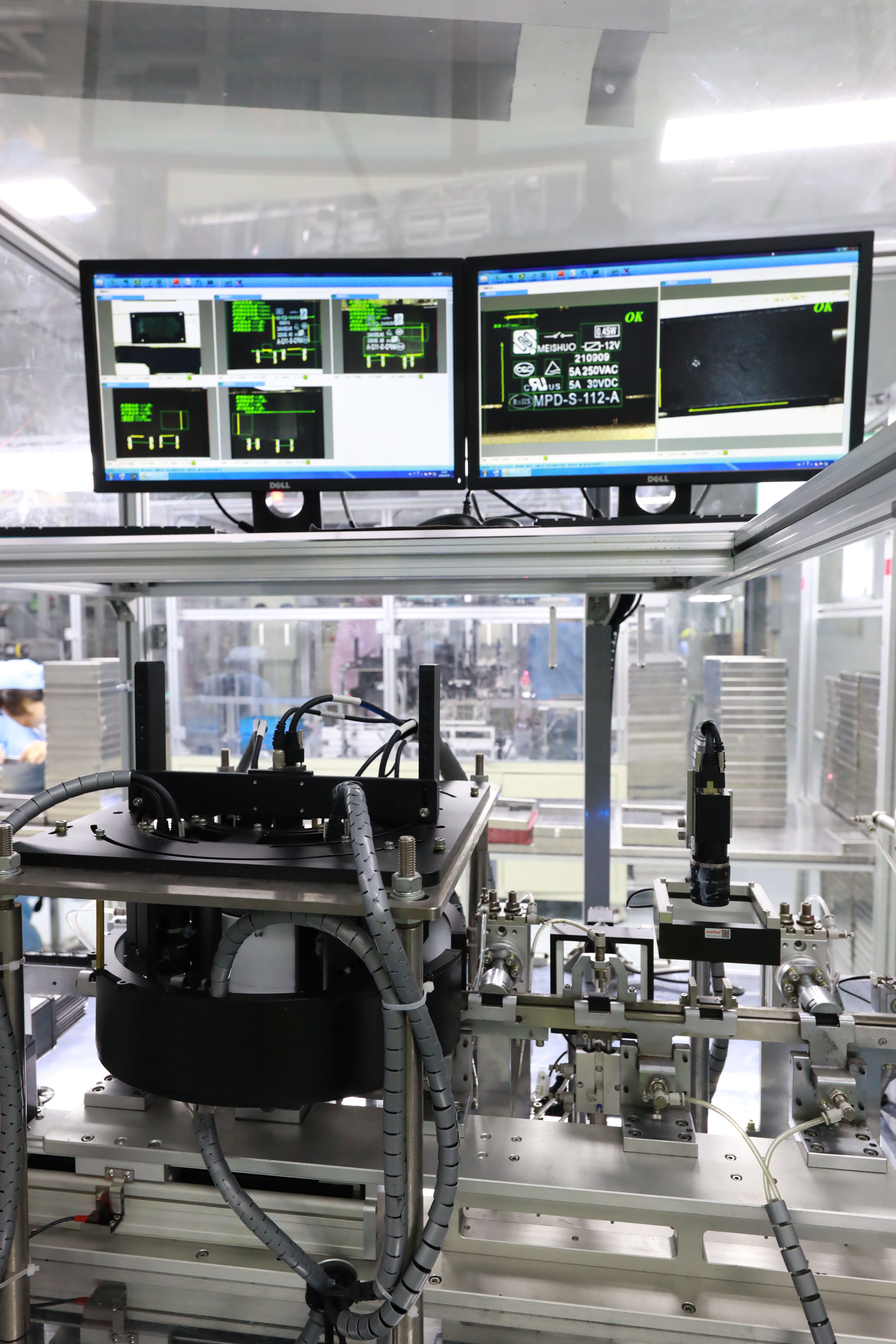relay production technology: innovations and challenges in manufacturing
Release time:2025-10-22 07:56:51
Relay production technology plays a crucial role in the design and manufacturing of relays, which are essential components used in automation, control systems, telecommunications, household appliances, and automotive industries. A relay works as an electrical switch that opens and closes circuits, typically through the use of electromagnetic force. This technology encompasses various aspects, from raw material selection and design to the production process and testing. As technology evolves, relay manufacturing continues to advance, focusing on precision, efficiency, and reliability. This article delves into the key elements of relay production technology, the challenges faced by manufacturers, and the innovations driving the industry forward.

Raw Material Selection and Component Design
The foundation of any relay starts with the materials used in its construction. The choice of materials greatly impacts the performance, longevity, and reliability of the final product. The key components of a relay include the contacts, coil, and housing.
Contacts: The relay’s contacts are usually made from high-conductivity materials like silver, gold, or a combination of both. These materials ensure minimal resistance and optimal performance, especially when the relay is frequently activated.
Coils: The coils are typically made from copper wire, often coated with an insulating layer to prevent short circuits. The number of turns in the coil and its resistance are carefully designed to meet the relay’s intended operating voltage.

